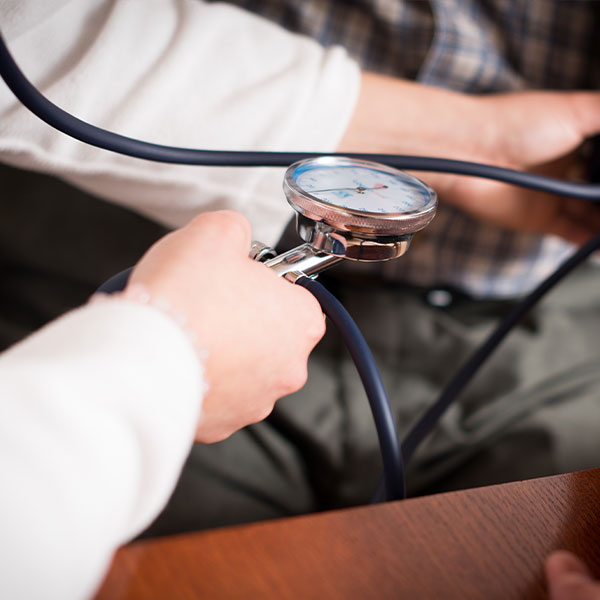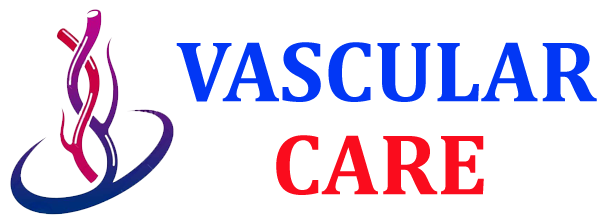Aortic Disease
What is Aortic Disease?
Aortic disease is the weakening of the walls of the aorta, the body’s largest artery, which carries oxygenated blood from the heart to the rest of the body.
Aortic disease is a serious condition, so it’s important to take preventative steps (such as a screening) and seek treatment early on. At Vascular and Interventional Specialists, we offer minimally invasive procedures to address aortic disease and help prevent further complications.
Learn more about the signs and symptoms of aortic disease, preventative steps, and the treatments we offer to help get you back to normal life.
Causes Of Aortic Disease
Aortic Disease can be brought on when certain conditions and/or trauma weaken the aorta. The weakening of the walls of the aorta may lead to aortic aneurysm (bulging) or, in severe cases, dissection (tearing). Aortic aneurysms can occur in the chest (thoracic) or abdomen (abdominal) depending on which part of the blood vessel is affected.
High blood pressure, atherosclerosis (the hardening of the arteries), genetic conditions, disorders and injury may lead to weakening, causing aortic disease.
It’s important to learn the signs and symptoms to determine severity and work with your provider to understand your risk factors.
Signs & Symptoms Of Aortic Disease
Aortic disease can vary in its severity, so symptoms can range from mild discomfort to acute pain. As an aortic aneurysm grows, individuals may notice the following symptoms:
- Chest pain or tenderness
- Back pain
- Hoarseness
- Cough
- Shortness of breath
More severe aortic aneurysms may tear or rupture. If you experience the following symptoms, seek emergency medical care immediately:
- Sharp, sudden pain in your upper back that radiates downward
- Pain in the chest, jaw, neck, or arms
- Difficulty breathing
- Weakness or paralysis on one side of the body (or other signs of a stroke)
Risks
Various risk factors or other conditions may contribute to the risk of developing aortic disease, including:
- Age
- Tobacco use
- Atherosclerosis (arterial plaque buildup)
- Hypertension
- Family history
- Genetic conditions (such as Marfan Syndrome)
- Connective tissue disorders
- Aortic valve problems
- Untreated infection
- Injury

Prevention Of Aortic Disease
Taking preventative steps can help mitigate or reduce the incidence of aortic disease. In general, living a healthy lifestyle and maintaining good heart health can help reduce your risk.
The following steps can help prevent aortic disease or reduce your risk of severe complications:
- Get plenty of exercise (30+ minutes five days a week)
- Stop smoking or using tobacco
- Eat a heart-healthy diet low in sodium and saturated fat
- Maintain good blood sugar and cholesterol levels
- Monitor or maintain good blood pressure level
Screening using vascular ultrasound can help identify aortic disease early on and is recommended especially for older individuals (65+), those who have ever smoked, or those with a family history of aortic disease.
Complications Of Aortic Disease
If left untreated aortic disease may cause:
- Blood clots
- Stroke
- Heart failure or heart rhythm problems (heart arrhythmias)
- Death due to sudden cardiac arrest
Screening and diagnosis for aortic disease are the best way to determine the possibility of treatment. It’s important if you are experiencing any signs or symptoms to seek help to increase the chance of success through treatment.
Treatment Of Aortic Disease
The type of treatment and frequency of follow-up for aortic disease patients may vary depending on the initial size and severity of the aneurysm. In mild cases, watchful waiting or annual scans may be all that’s needed; in more severe cases, endovascular repair or surgical intervention is necessary.
Here at Vascular and Interventional Specialists, we offer minimally invasive treatments for aortic disease, with less pain and shorter recovery times than more invasive surgeries. Our treatment methods include:
- Minimally invasive endovascular stent graft – A small steel cage (stent) is inserted via catheter into the affected area in order to reinforce the walls of the aorta to help prevent further dilation or rupture.
- Surgical treatment – In more severe cases, our expert physicians may perform other endovascular surgical procedures to help fix an aortic aneurysm or prevent further complications. This could include bypass or replacement of part of the aorta.



